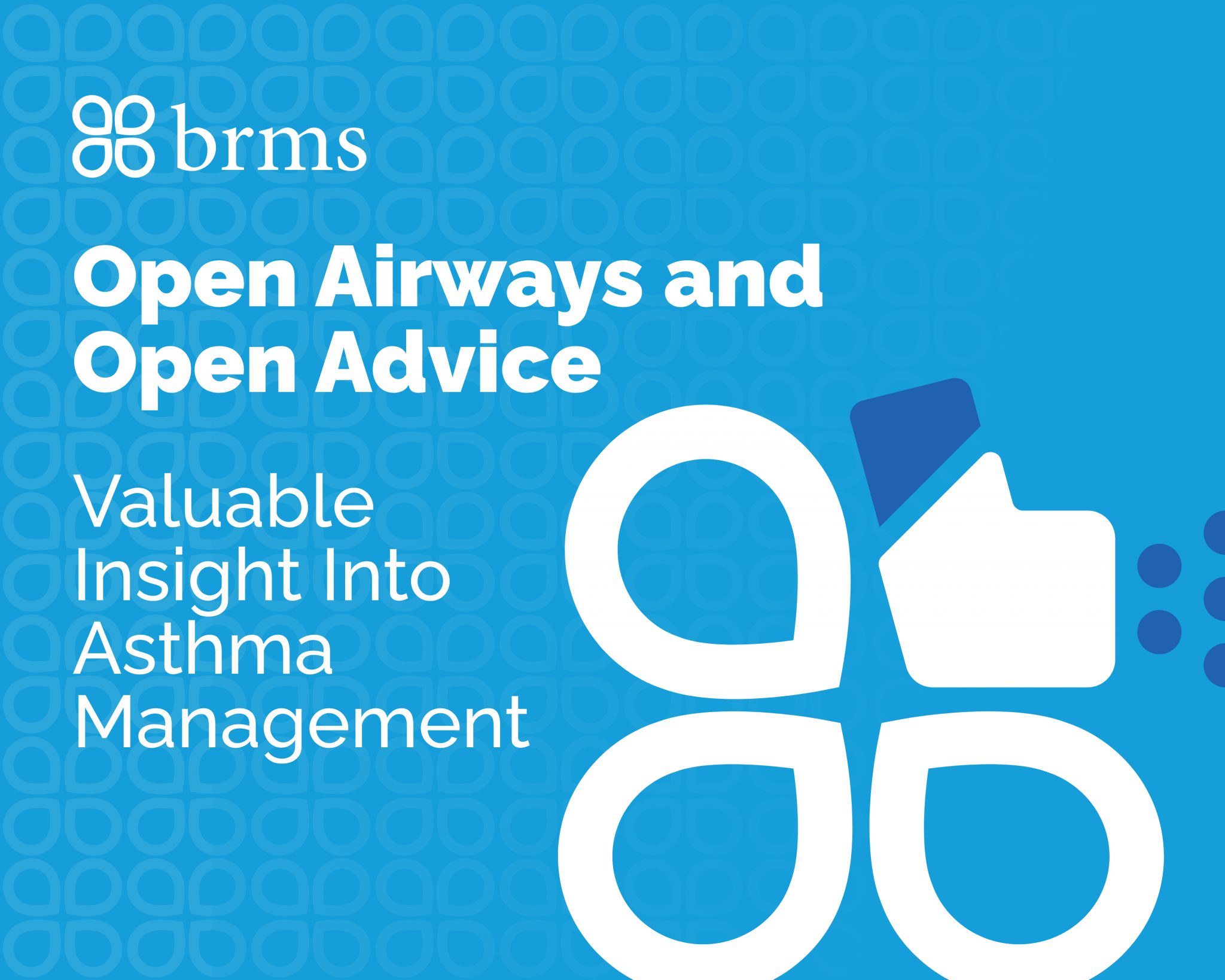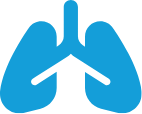

As April unfolds and spring blossoms around us, it’s crucial to remember that for many, this season brings not only blooming flowers but also a surge in asthma triggers.
Asthma, a chronic inflammation of the lung airways that causes coughing, chest tightness, wheezing, or shortness of breath, affects over 300 million people worldwide and nearly 8% of all Americans. It’s a serious condition that demands serious attention, and even if you don’t have it yourself, knowing about triggers and treatments could really come in handy someday when you run across a friend or family member who does.
In this edition of Workday Wellness, we’ll explore how asthma sufferers identify triggers, manage their treatment, and prevent attacks. Keep these numbers and tips in mind to help you and/or your loved ones breathing clear for a long time:

Asthma by the Numbers
- Asthma affects approximately 25 million people in the United States†
- Of that 25 million, roughly 20 million are adults and 5 million are children†
- 39.6% of adults with asthma have at least one asthma attack each year†
- Asthma-related treatments account for a total of $81.9 billion in annual healthcare costs‡
- Asthma-related treatments account for $3,266 in annual healthcare costs per person‡
- Asthma accounts for 11 million missed work days per year‡
- There were 3,517 asthma-related deaths in the U.S. last year*

7 Ways to Breathe Easier in 2024
- Know Your Triggers: Identify and avoid common triggers such as pollen, dust mites, pet dander, mold, smoke, and other strong odors.
- Take Medications as Prescribed: Follow your provider’s instructions for asthma medications, including controller medications and rescue inhalers for immediate relief during an asthma attack.
- Create an Asthma Action Plan: Work with your provider to develop a personalized asthma action plan outlining steps to take during both routine management and emergency situations.
- Monitor Peak Flow: Regularly monitor your peak expiratory flow (PEF) using a peak flow meter to assess lung function and detect changes early.
- Maintain a Clean Environment: Keep your living space clean and free of dust, mold, and allergens by vacuuming regularly, using allergen-proof bedding covers, and controlling humidity levels.
- Stay Active with Caution: Engage in regular physical activity but be mindful of your asthma triggers and avoid exercising in cold, dry air or during high-pollen seasons.
- Communicate with Healthcare Providers: Regularly communicate with your healthcare team about any changes in your symptoms or triggers.
Understanding and effectively managing asthma is not just about knowing statistics and remembering tips; it’s about empowering individuals to lead fulfilling lives despite this often-difficult respiratory challenge. By staying informed, implementing proactive strategies, and fostering a supportive environment, you can navigate the complexities of asthma with newfound knowledge to help yourself and those around you thrive.
Additional Sources
† https://www.cdc.gov/chronicdisease/resources/publications/factsheets/nutrition.html
‡ https://www.cdc.gov/asthma/asthmadata.htm
* https://www.cdc.gov/nchs/fastats/asthma.htm
